Several factors come into play when you are deciding on the right roofing material and roofing contractor for your home. These factors include cost, quality, durability, age, maintenance, energy efficiency, and aesthetics. Since there are several different types, each with its own pros and cons, there is no one-size-fits-all answer to the question of best roofing material. What we can do is lay out the strengths and weaknesses of each material, so you can decide which one is best for you. We can also have you come to our office and choose from a variety of different products and styles.
There are several choices, but the seven most common ones are:
- Asphalt Shingle
- Clay tiles
- Concrete tiles
- Metal Roofing
- Slate
- Cedar Shingles/Cedar Shakes
- Flat Roof
1. Asphalt Shingles
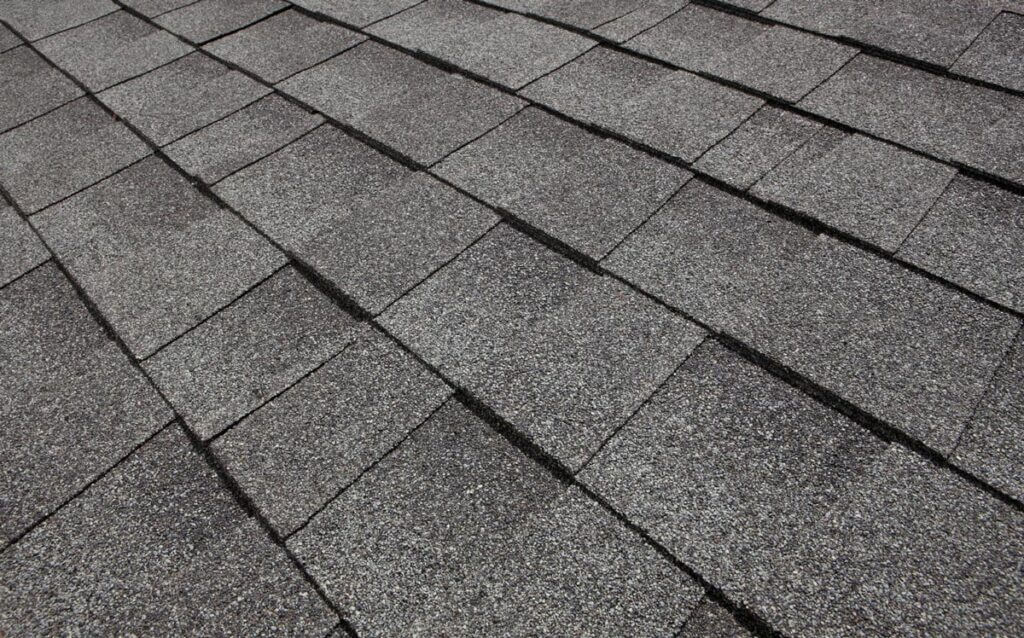
Asphalt shingles are easily the most common type of roofing material in the country. About three out of every four homes have an asphalt shingle roof. The three most common types are 3-tab, fiberglass, and Architectural Shingles. 3-tabs are the cheapest, but they wear out faster. They aren’t as waterproof as fiberglass shingles and are becoming obsolete in many areas. Fiberglass shingles are fire-resistant. Asphalt shingles are, in general, better at aesthetics and come in a variety of different colors.
Asphalt shingles have some problems as well. 3-tab asphalt shingles usually don’t last longer than 18 years, though Architectural can live beyond 30. If the attic isn’t vented properly, it can shorten the Asphalt roof’s lifespan. They are prone to algae and mold.
2. Clay Tiles
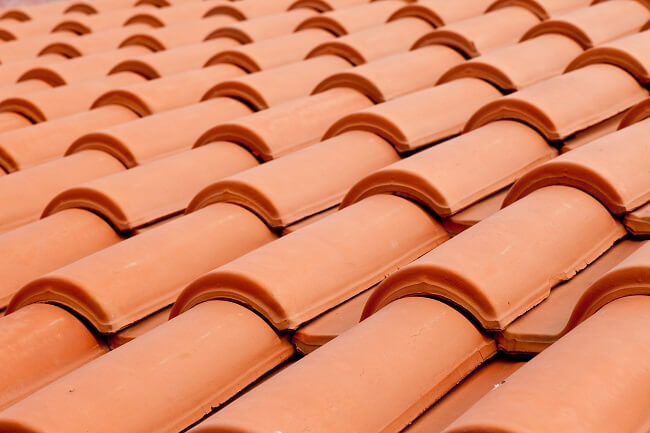
Clay tiles are costly, but they are also very durable (100 years) and energy-efficient. These tiles are resistant against strong winds and fire damage. They don’t absorb as much water as concrete tiles do, so they are less resistant to mildew and mold growth, nor do they substantially increase the weight of the roof. They come in a variety of colors and are relatively easy to maintain. The downside is that they can be hard to install. They are heavy, and if they aren’t properly installed, they can come loose and start falling in about a decade or so.
3. Concrete Tiles
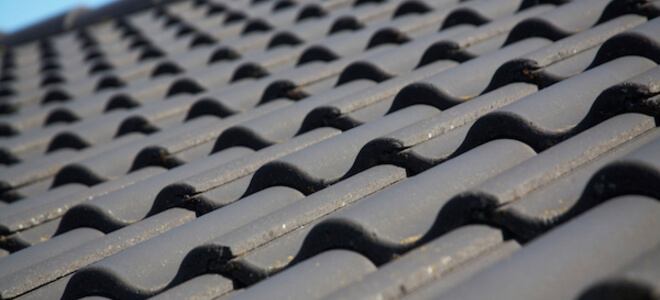
Concrete tiles are often lumped together with clay tiles, but they are very different. They are less expensive than pure clay tiles but absorb more water. They are heavier than the clay tiles and become even heavier when they have absorbed a fair bit of water. The underlying structure needs to be sturdy to support the weight of a concrete tile roof. On the bright side, they are more resilient against the elements and don’t crack like clay tiles. They are not as long-lasting as clay tiles but can last 50 years.
4. Metal Roofing
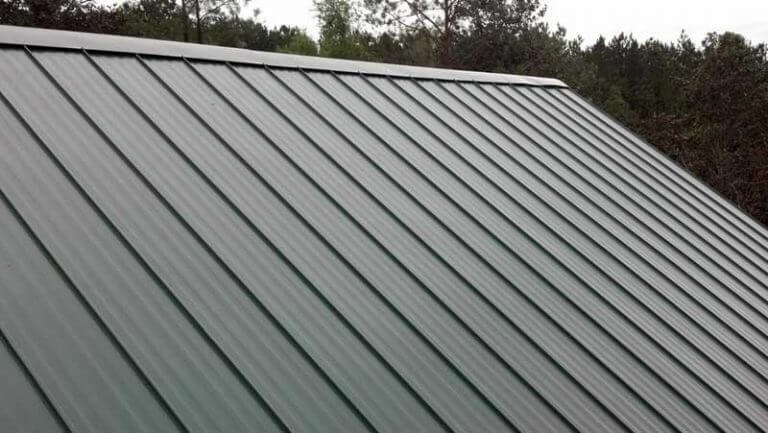
Metal roofs are cheaper than tiles but way more expensive than asphalt shingles. Metal lasts longer, is way better at preventing ice buildup, and doesn’t absorb water, so there are no ice dams, and it fares better against elements. Metal can be energy efficient because, unlike concrete and shingles, it reflects most of the heat instead of absorbing it. Metal roofs are recyclable and can offer unique aesthetics. If damaged, metal roofing can be relatively more expensive to repair.
5. Slate
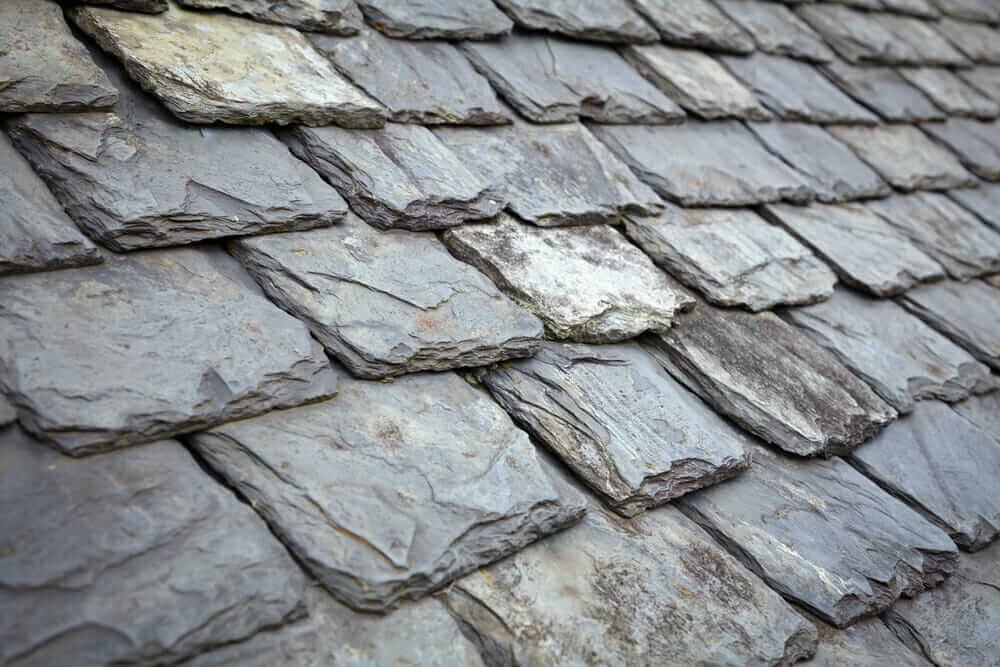
Slate is one of the most durable and long-lasting roofing materials out there. It can last a century or even more. The trade-off is the higher cost, but it’s often well-justified, seeing how you may not even need to replace it in a lifetime. It doesn’t require a lot of maintenance. Conventional slate is heavy, but synthetic slate is much lighter and still durable. It needs to be installed by experienced professionals. Otherwise, it will be prone to water problems.
6. Cedar Shingles
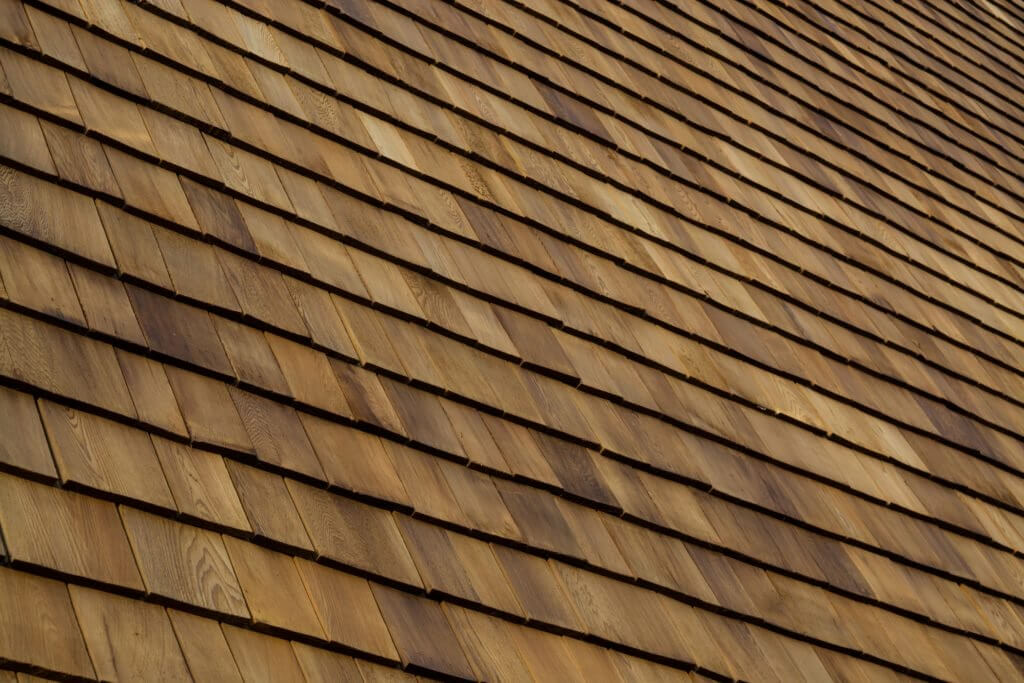
Cedar or wood shingles are lighter and much more cost-effective than many other materials on this list. They offer a beautiful rustic look, but most wood shingles are not very effective against fire. However, cedar shingles that are a relatively costlier option offer better protection. Wood shingles are durable but hard/costly to repair. If the elements in your region aren’t particularly wild, wood shingles can serve you well for over 30 years.
7. Flat Roof
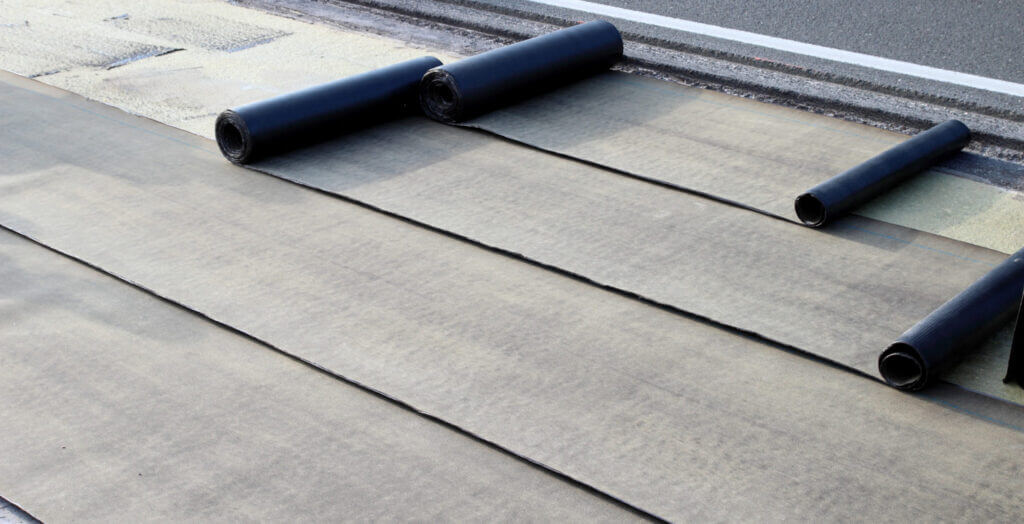
It’s a more common choice for larger buildings, but many people prefer flat roofs as they are easier to walk on, and offer a different look. They are durable but prone to water damage as they can easily accumulate rainwater and snow.
There are other roofing materials as well, like solar panels, which can be very costly upfront but can save you a lot on energy. But the above seven types cover most of the roofs. Based on your budget, environmental factors, and longevity, you can decide on the roofing material that’s the best fit for your home.




Comments are closed